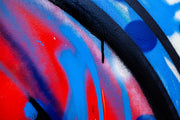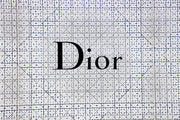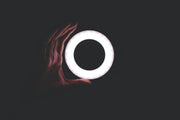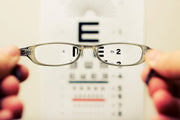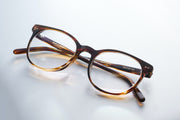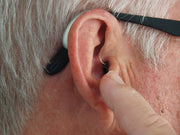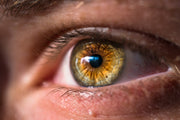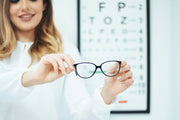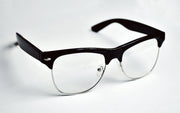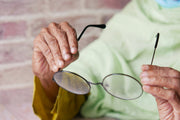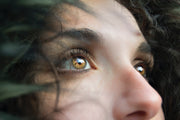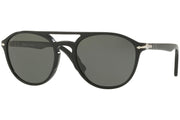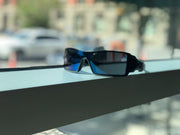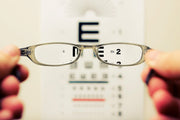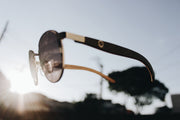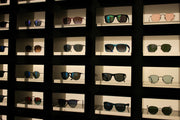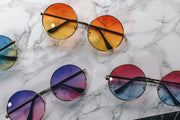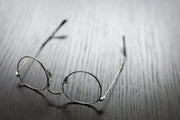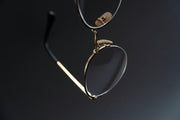People who have vision problems would search for lenses to see things better and clearly. If you are also one of those, you might have already searched for a suitable lens and probably heard of “PAL”. But, what does PAL mean on eye prescription, and how can it help you?
Check this article to know more about PAL, its types, and which one is suitable for your specific problem!
What Does PAL Mean On Eye Prescription?
PALs stand for Progressive Addition Lenses, and they are made to help people see things better and clearer at different distances. These types come with designs that would be suitable for those who have reduced accommodative strength.
People often choose bifocals when they have problems with their eyesight. But some people might prefer PALs because they can see things from different distances. Then, their eyesight is better in both close-up and faraway things.
To temporarily fix the problems of farsightedness and nearsightedness, you would see many people wearing corrective glasses to see things easier. This solution is nothing new for us as we all see one person wearing these glasses, especially the older ones.
In this case, PALs play the same roles as corrective glasses, but people have gradually switched to this type due to their convenience. It is also a good choice for those who do not like to wear glasses. There are three main sections of PALs, and they provide different solutions for particular problems.
The PALs’ lower section helps you to see things sharper at close distances, while the upper section will provide you with the strength to see clearly at longer distances. There is also a middle section for you to see things better at middle or intermediate distances.
Most people in the age of 35 or more might have problems because of different factors, and this is why older people are the ones who need them more. Besides, as the new generations use smart devices like phones and laptops more, this solution is more and more preferable.
Not just helping people with vision problems, some certain types can also help them prevent growing issues or prevent them from becoming more serious. The next section will list the most common types that you might need or care about.

Common Types Of Progressive Addition Lenses (PALs)
Premium Progressive
If you want to see things smoother or wider, then premium progressive ones are for you. Normally, they are easy to customize for your frame, prescription, and eye anatomy.
Computer Progressive
Computer progressive types are a great option for those who use computers, laptops, and other smart devices. These prescription glasses will help you see things clearly in your office because they're designed specifically with computer usage in mind!
If you spend a lot of time looking at screens (about four hours), you might need these glasses to help your eyes.
Ground-View Progressive
They are made for those who go out or frequently drive since they will give you a beer vision. Moreover, it can give you better vision when you look downward or use a computer.
Short Corridor Progressive
They are made to fit smaller frames so people can look more youthful and modern. However, one of the disadvantages of these is that they might make you feel distorted.
Standard Progressive
For regular usages, they provide a wider reading area. Still, these variants are not as specialized or precise in their vision-forming qualities and typically require larger frames to fit properly on your face.
Transition Progressive
Unlike all other progressive lenses we mentioned above, these shades have different functions. They are not designed to fix your vision in strong sunlight but rather provide shade for users who need it and protection from harmful UV rays, which can cause cataracts over time.
When it comes to function, they are like the alternative for your sunglasses.

Pros and Cons of Progressive Addition Lenses
Pros
- They can correct farsightedness and nearsightedness like traditional corrective glasses.
- It is more convenient than glasses.
- PALs can also correct people’s astigmatism.
- They help people see things better and sharper at many different distances.
- You can prevent eye fatigue.
- You can prevent problems from escalating over time.
- People only need to wear one pair of PALs to see things clearer at many different distances. This can be more convenient than wearing a different pair of glasses for every distance.
- Patients will not have problems with clarity suddenly changing.
- You can maintain a youthful look and fix your seeing problem at the same time.
Cons
- There might be temporary distortions.
- You need to learn to see through lenses as PALs do not have a visible line like trifocal or bifocal ones.
- It might be more expensive than bifocal or single-vision lenses.
- When you move your eyes from this side to the other side (side to side motion), the PALs might cause peripheral distortion.


